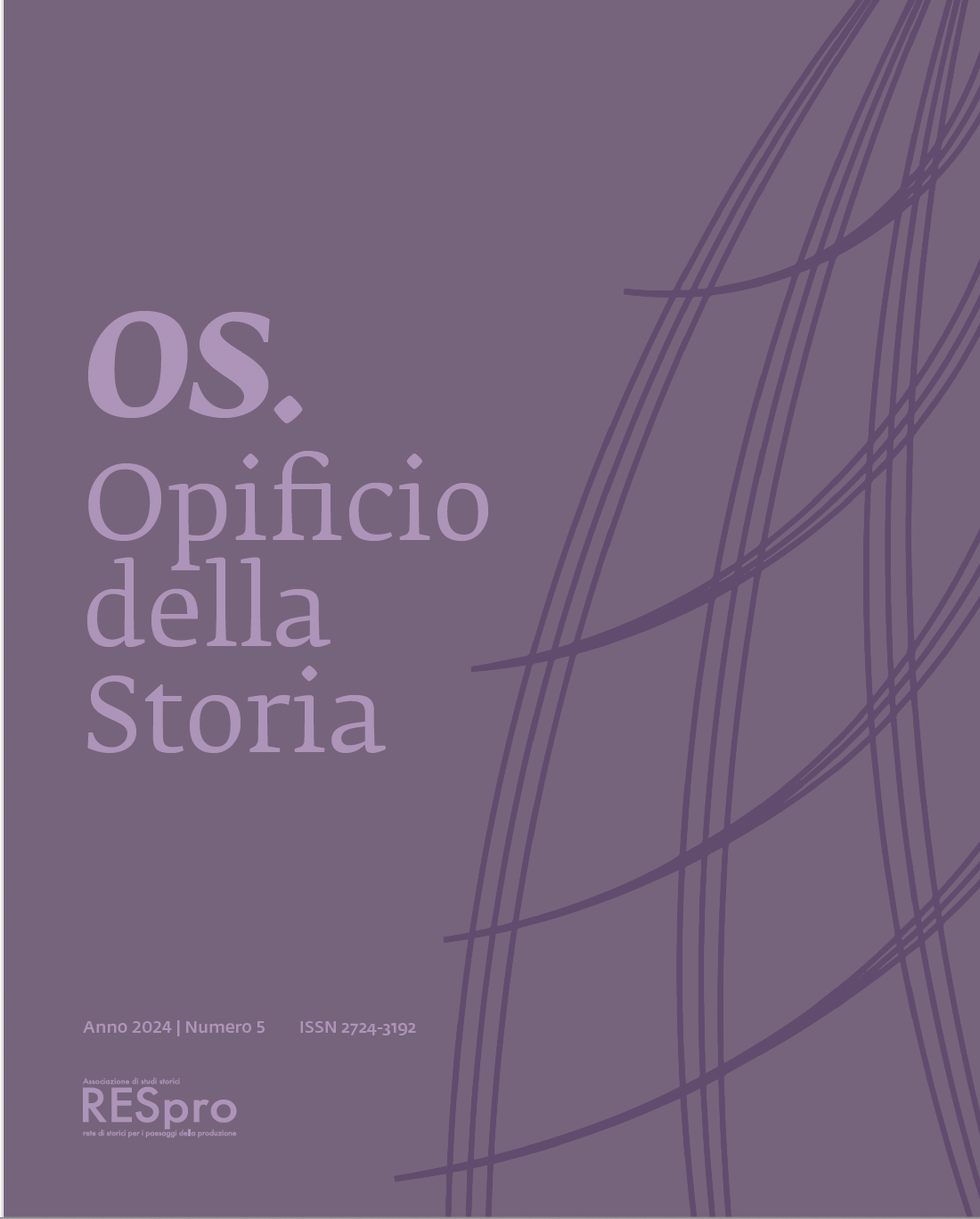We used to call it IA (Industrial Archeology)
Abstract
An account of the beginnings of industrial archaeology in Italy from the 1970s, an expression once rare but now common in the media. The author imagines that there will be no significant future for this discipline. The author had not heard of industrial archaeology until he met Eugenio Battisti. After graduating in Art Criticism History, he began collaborating with Battisti at the Politecnico di Milano, assisting with the course on utopia. Subsequently, thanks to a scholarship, the author followed Battisti to the United States, where he developed an interest in industrial archaeology after discovering the English journal “Industrial Archaeology” in the Penn State University library. Upon returning to Italy, the author continued collaborating with Battisti, studying the proto-industrial village of San Leucio. In 1977, Battisti organized an exhibition on San Leucio in Milan, considered the starting point of industrial archaeology studies in Italy. The author collaborated with Massimo Negri, publishing the first book on industrial archaeology in 1978. Negri specialized in museography, while the author focused on aesthetic and art-historical aspects. In the 1980s, the sensitivity towards industrial archaeology grew, leading to high-profile publications and the cataloging of Italian industrial heritage. It was officially recognized in the Italian Encyclopedia under the entry “Industry. Material History.” The volume La macchina arrugginita edited by Aldo Castellano provides a theoretical perspective on industrial archaeology. This coincides with the awareness of deindustrialization and its effects. The author focuses on the iconography of industry, studying both artistic and anonymous representations. The journal «Archeologia Industriale» and the 1984 exhibition Il luogo del lavoro are crucial platforms for this research. This memoir is dedicated to Eugenio Battisti, a theorist of disciplinary transgression between utopia, art history, and industrial archaeology.
Downloads
Copyright (c) 2024 History Factory

This work is licensed under a Creative Commons Attribution 4.0 International License.


